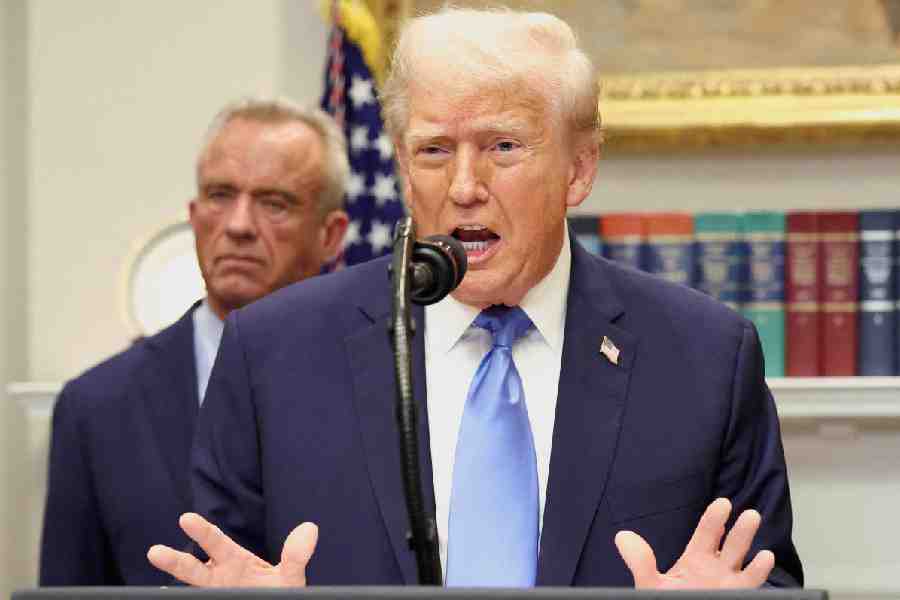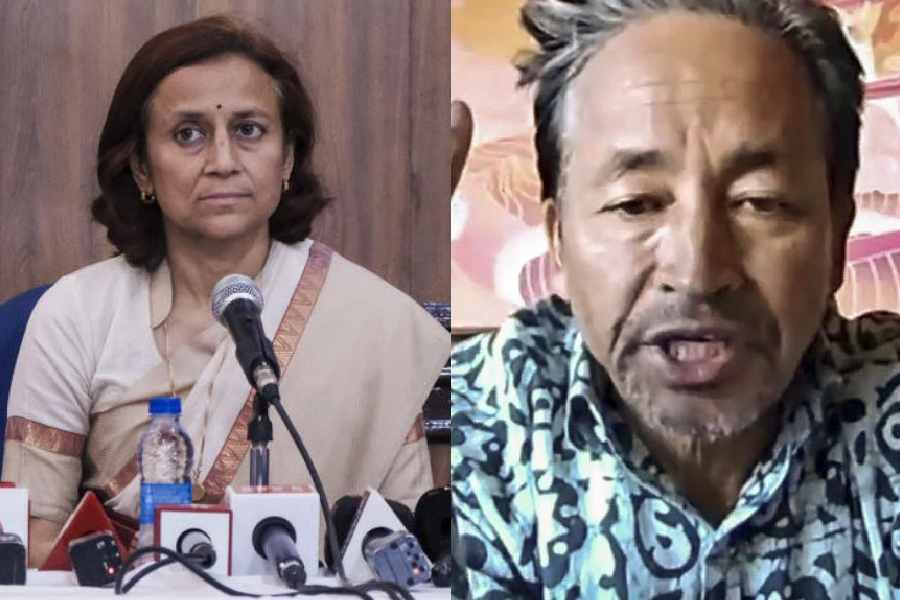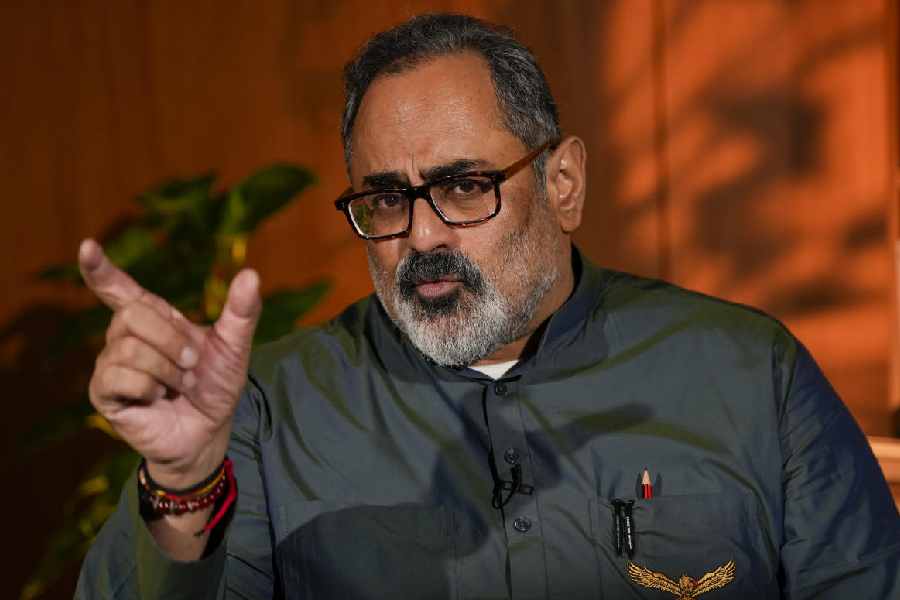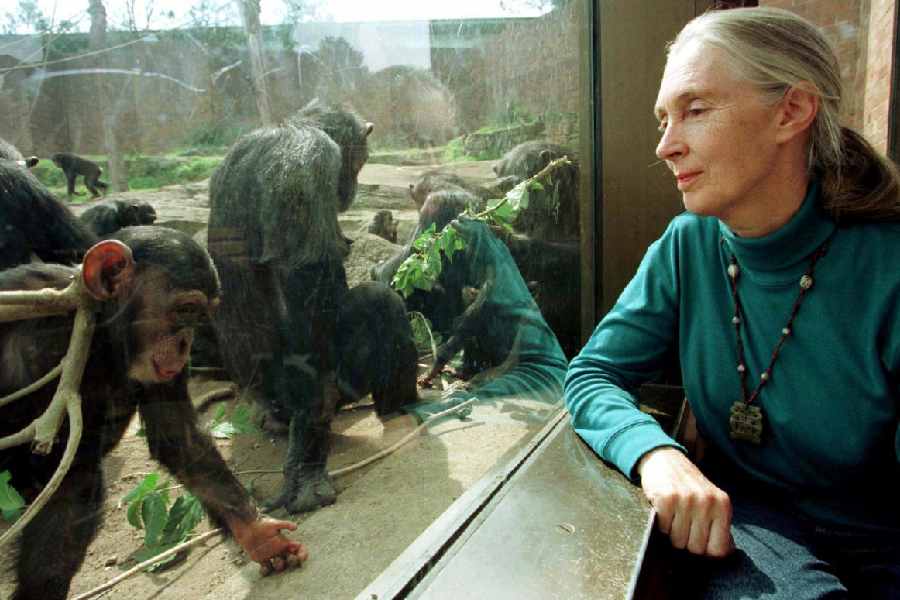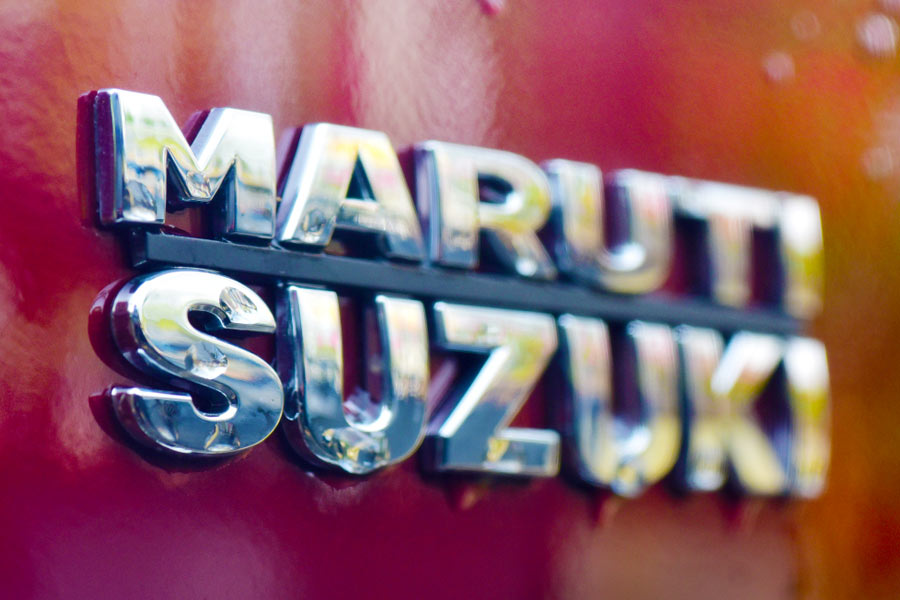
Bhubaneswar, April 11: The tradition of making dokra items continues to thrive in Nabajibanpur, a tiny village in Dhenkanal district, about 60km from here. The objects made using brass are immensely popular among tourists. "It was passed on to us by our forefathers. The tradition continues," said Dusashan Behera, 60, an experienced dokra craftsman of the village.
Around half of Nabajibanpur's 3,000-strong population is engaged in making dokra items such as lampshades, toys for children and animal and human figurines. Idols of gods and goddesses are another favourite with tourists. "The tourists take whatever catches their fancy," said Behera.
Kumuti Majhi, 57, another dokra artist said the objects made by them also have a market in cities such as Mumbai, Delhi, Hyderabad, and Bangalore apart from places within the state.
Dokra is an exacting art form and shaping of the objects takes a long time. First, the craftsmen knead the red clay with paddy husk to shape the models, which are then treated with a paste made of earth, cow dung, wax and bitumen. Then ground bits of brass are applied to the models in the required amount and they are given a thick final coating of fresh earth mixed with paddy husk.
There is a small hole specially made at the bottom of the each model that is then placed in a red-hot oven. The heat melts the wax that trickles out through the hole at the bottom while ground brass covers the model from all sides. The final product is then polished to give it a shiny exterior. The craftsmen and women of Nabajibanpur learnt by watching their elders who, however, did not believe in variety. They primarily used to make brass utensils for household use. "But we had our own ideas and began diversifying to suit the demands of the market," said Kumuti.
The prices of dokra objects vary depending upon quality and size. While a small elephant is sold for Rs75, a big lampshade could cost as much as Rs13,000 depending upon how much time and labour the makers have devoted to making the items.
Kumuti said the artists often have to make compromises as ordinary buyers fail to understand the intricacies of the art and refuse to pay them the kind of money they expect. "It is difficult to make them understand. So, we are sometimes forced to reduce prices even though it hurts our ego and hits our finances," added Kumuti.


